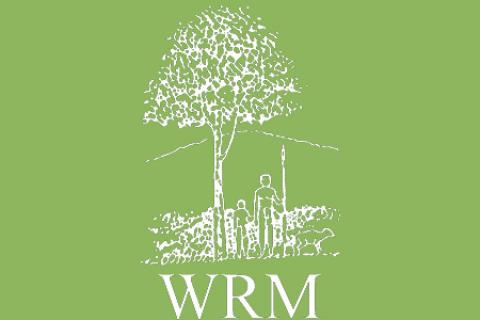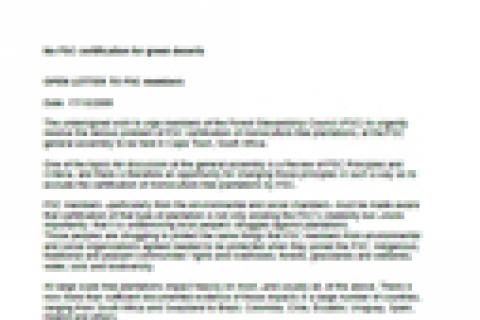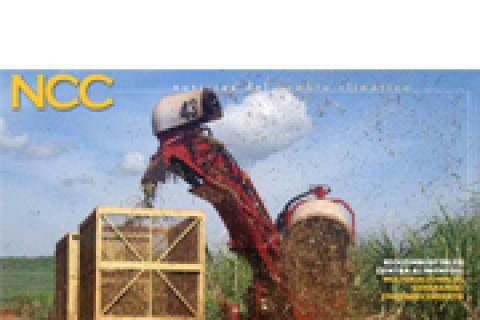Between 1959 and 1987, a great majority of the Ayoreo from Paraguay (see WRM Bulletin No. 96) were contacted by force and deported to places outside their vast ancestral territories. They were also displaced from their lands taken over for farming activities. This situation has submitted them to a high degree of dependency on the religious missions and the regional market.
Other information
Intense and continuing logging has taken place in Sarawak for the last 30 years or so. More than 95% of Sarawak's original forest cover has now been logged at least once. The few remaining portions of unprotected primary forest in Sarawak are in mountainous regions close to the border with Indonesia, and these are now being hastily logged by the five leading logging groups active in Sarawak and their myriad of subsidiaries and associated contractors.
Miguel A Altieri, Professor of Agroecology, University of California, Berkeley
Elizabeth Bravo, Red por una América Latina Libre de Transgenicos, Quito, Ecuador
By Daniel Cassol, March 2007 - MST Informa - Revista Sem Terra (Ed. 38)
Monoculture eucalyptus plantations are advancing over vast areas of the country, occupying traditional peoples’ territories, displacing them, evicting people from rural areas, thus contributing to the creation of poverty belts, with the context of violence and criminality these necessarily imply. And as if this were not enough, they also have their quota of bloodshed.
Loss of land and loss of access to natural resources is fuelling a livelihood and economic crisis among Cambodia's rural communities. "People are being dispossessed from their lands by those with political power and money," writes Shalmali Guttal in a recent report for Focus on the Global South.*
Last December I was travelling with three friends (a Cameroonian and a Swiss couple) along the public route that crosses the oil palm plantations belonging to Socapalm (Société Camerounaise des Palmeraies) in the Kribi region. On reaching the control post installed by the company – that we had crossed earlier on – we were stopped by a private security guard who demanded our identity documents. On asking him why he wanted them he informed us that Socapalm “secret agents” aware of our visit had ordered him to do so.
The Peoples’ Permanent Tribunal – Colombian Chapter met on 26 and 27 February 2007 in Lower Atrato to bring to trial transnational companies focusing on the issue of biodiversity and exploitation of natural resources in Colombia. The participating communities and social organizations – including environmental organizations – accused Smurfit Kapa Carton de Colombia “of violating human, environmental, social and cultural rights.
Sappi's plantations in Swaziland are the epitome of what is wrong with industrial tree plantations. More than fifty years of living with plantations has done less than nothing to develop the country's people. Species-rich grasslands were destroyed and people moved to make way for the plantations, when they were established as a British “aid” project in the 1950s. The plantations are monocultures of pine trees, exotic to Swaziland. Every year, Sappi clearcuts a total of 3,000 hectares of its plantations, leaving vast scars on the landscape.
Last year, about 170 farmers met in the farming community of South Riana to air their concerns and see how to stop valuable farmland being converted to timber plantations. They were concerned for the future of the area -- built on successful dairy and cropping enterprises -- and called for the Tasmanian Government to abolish tree plantation development on prime agricultural land.


